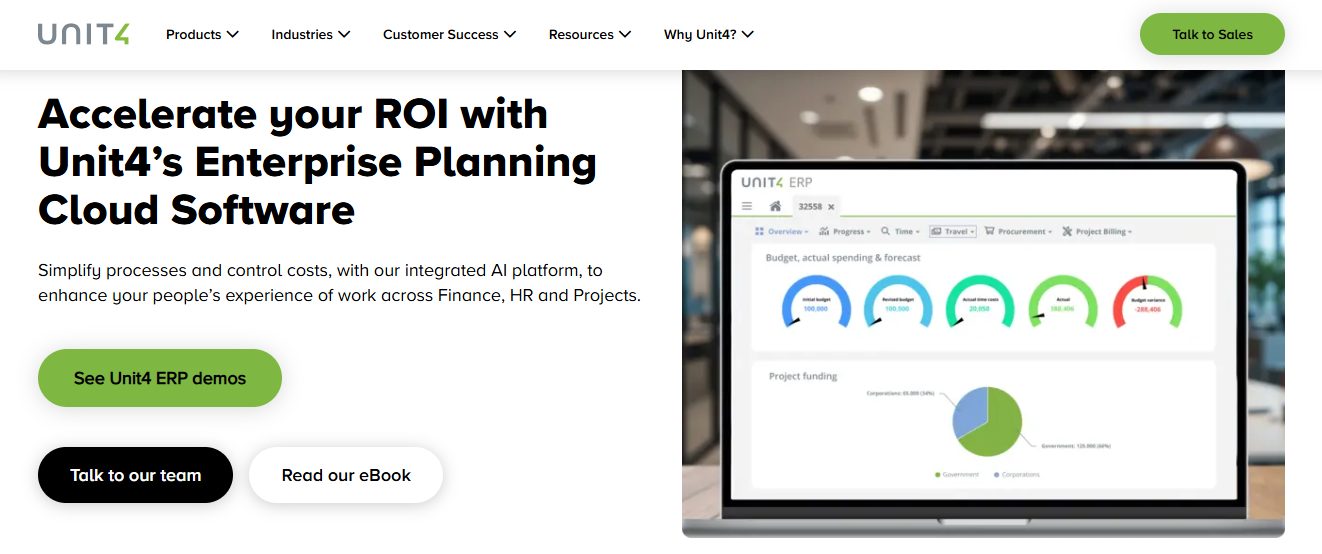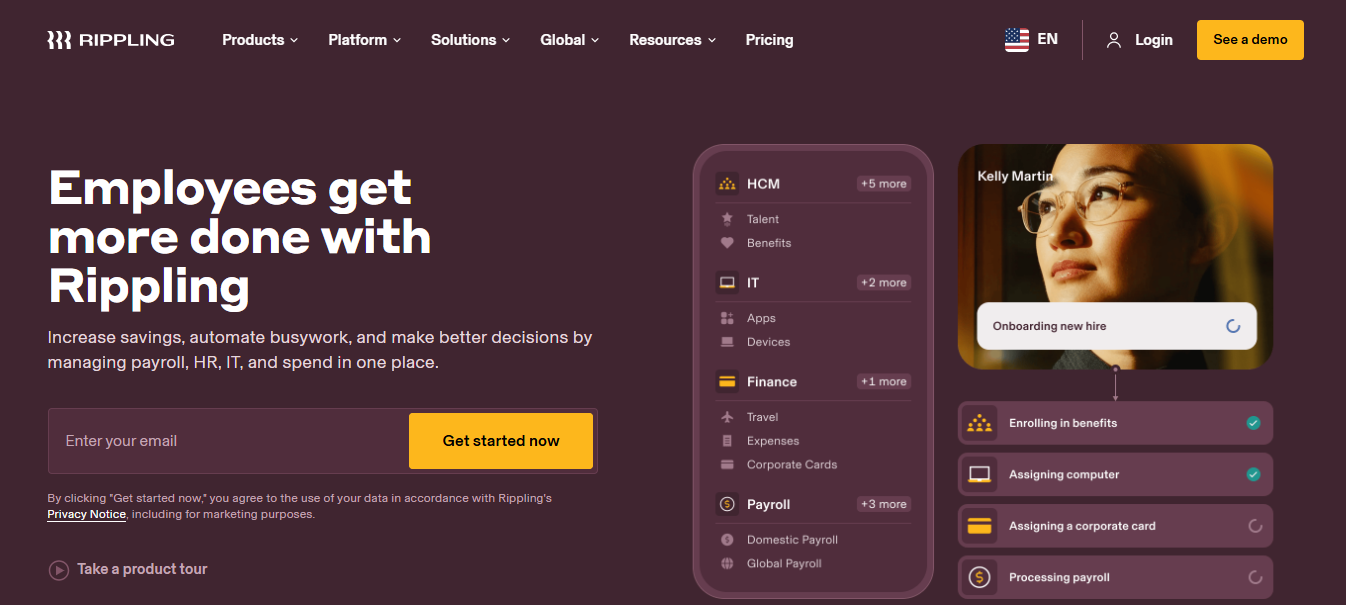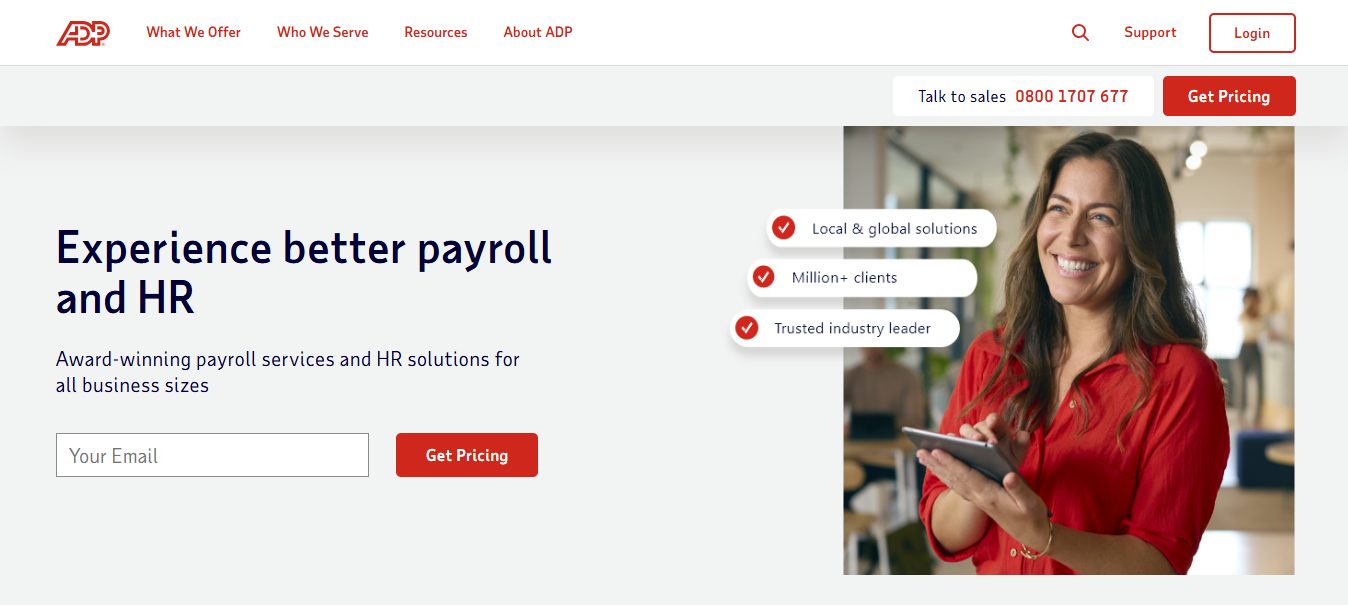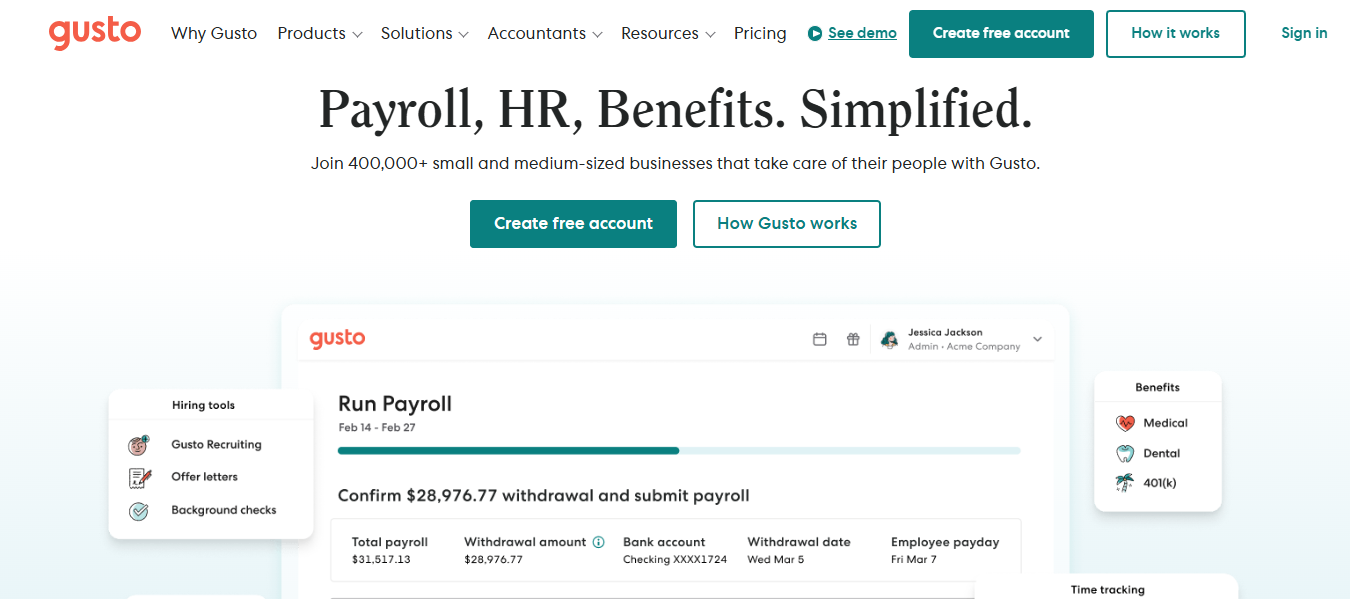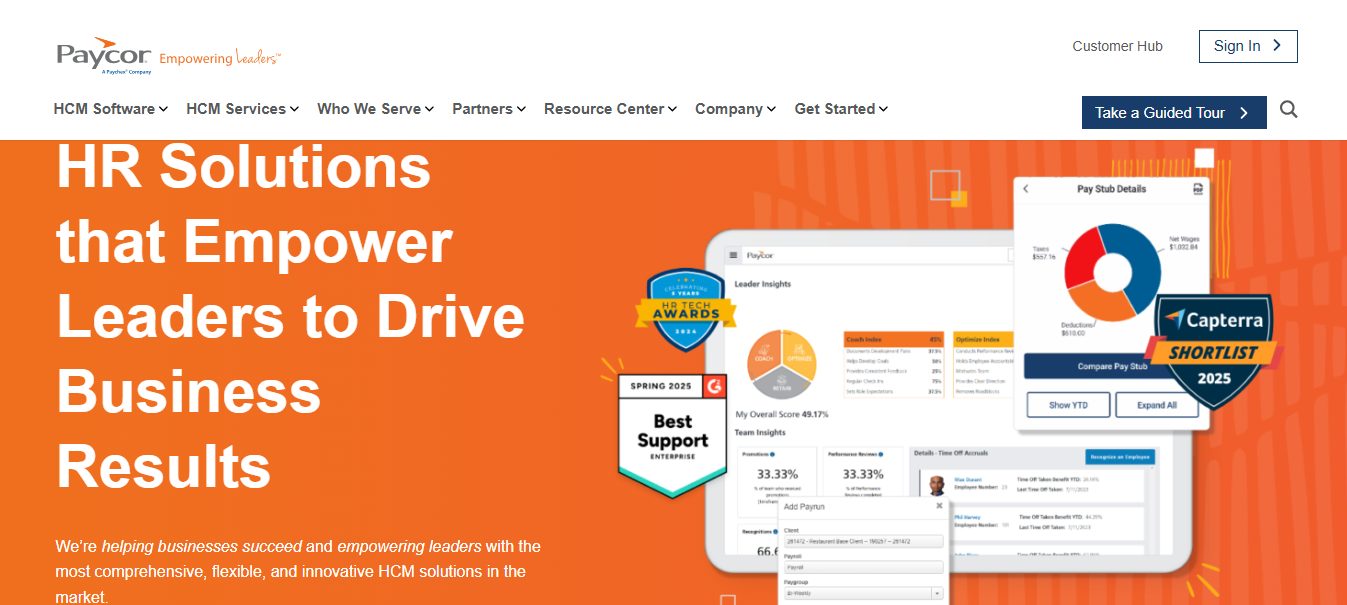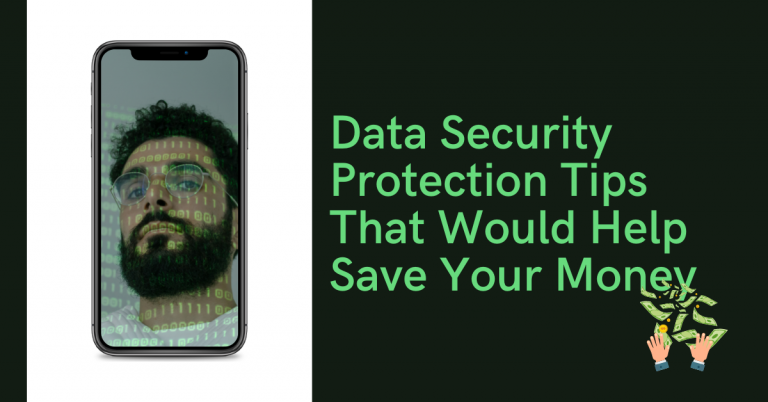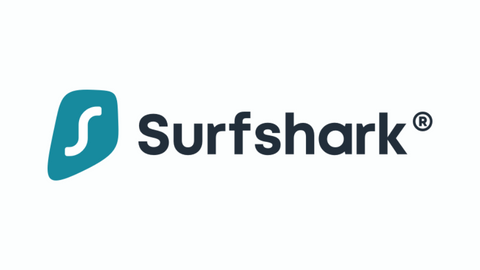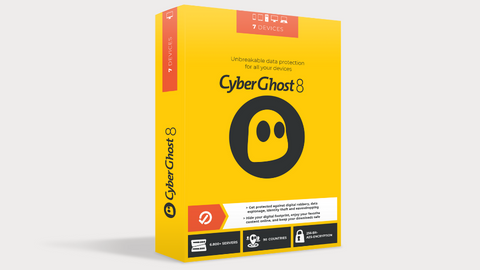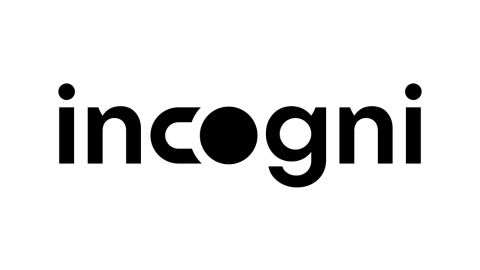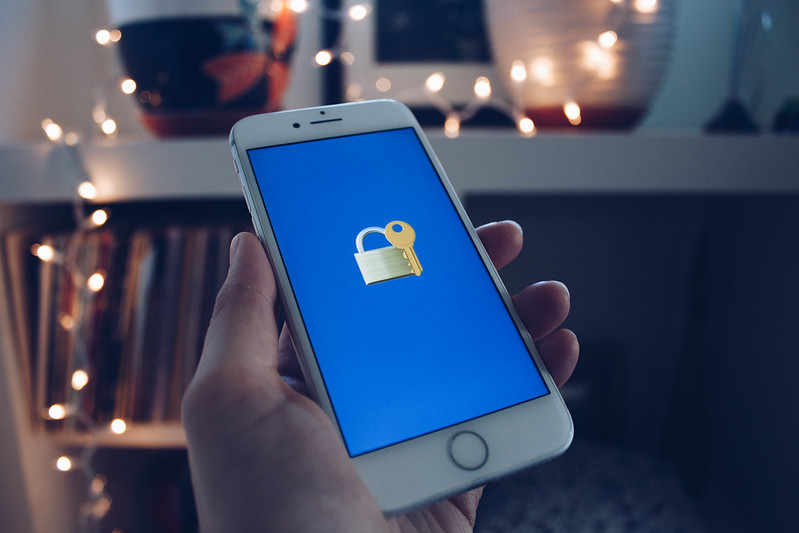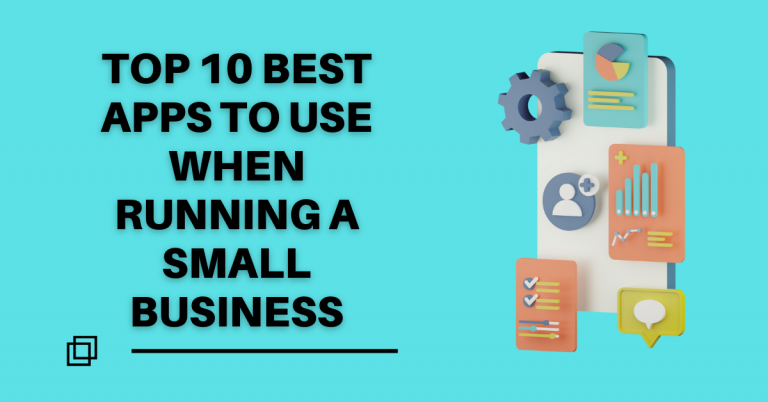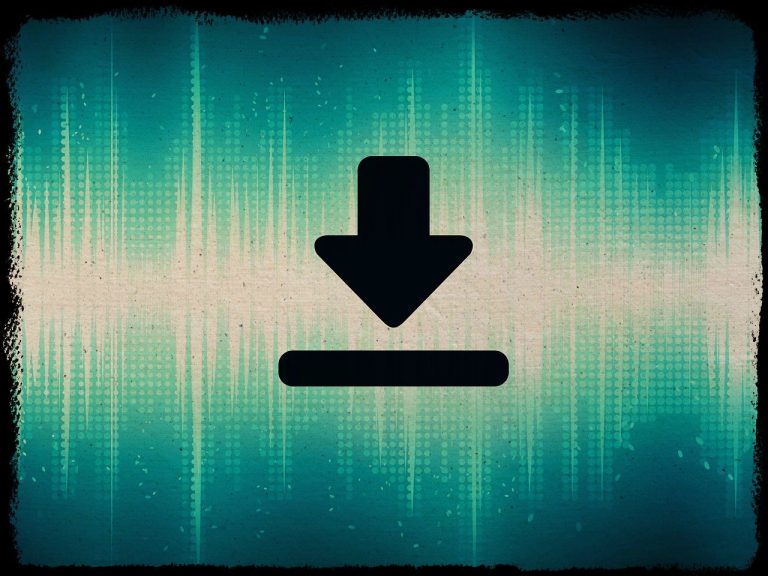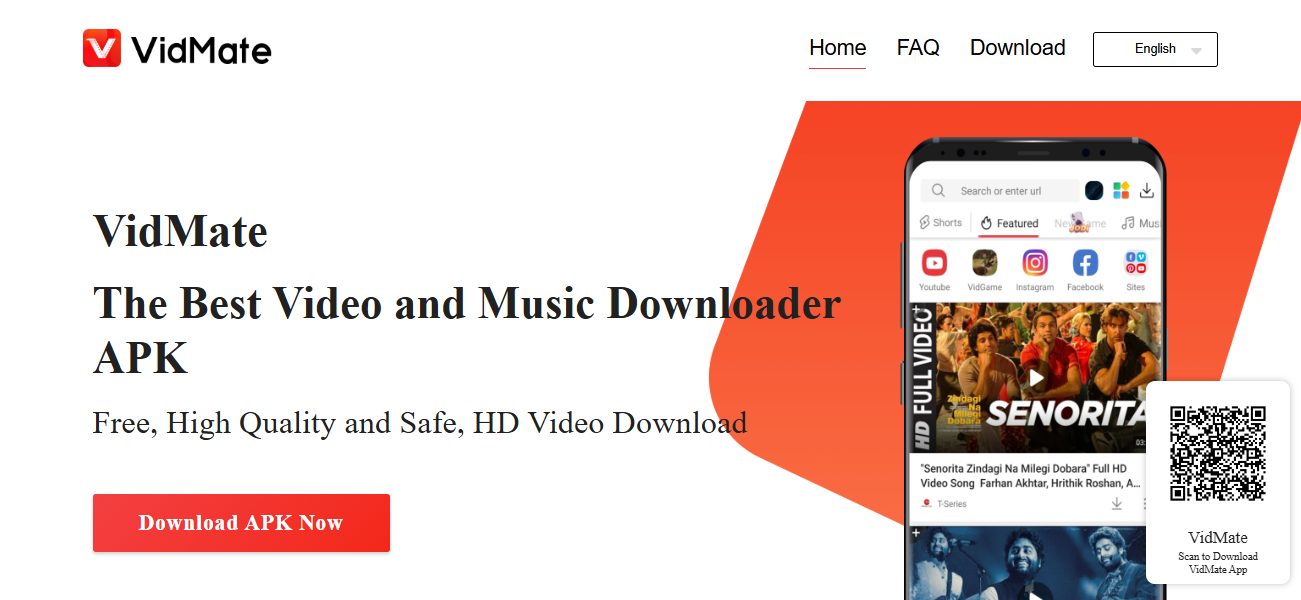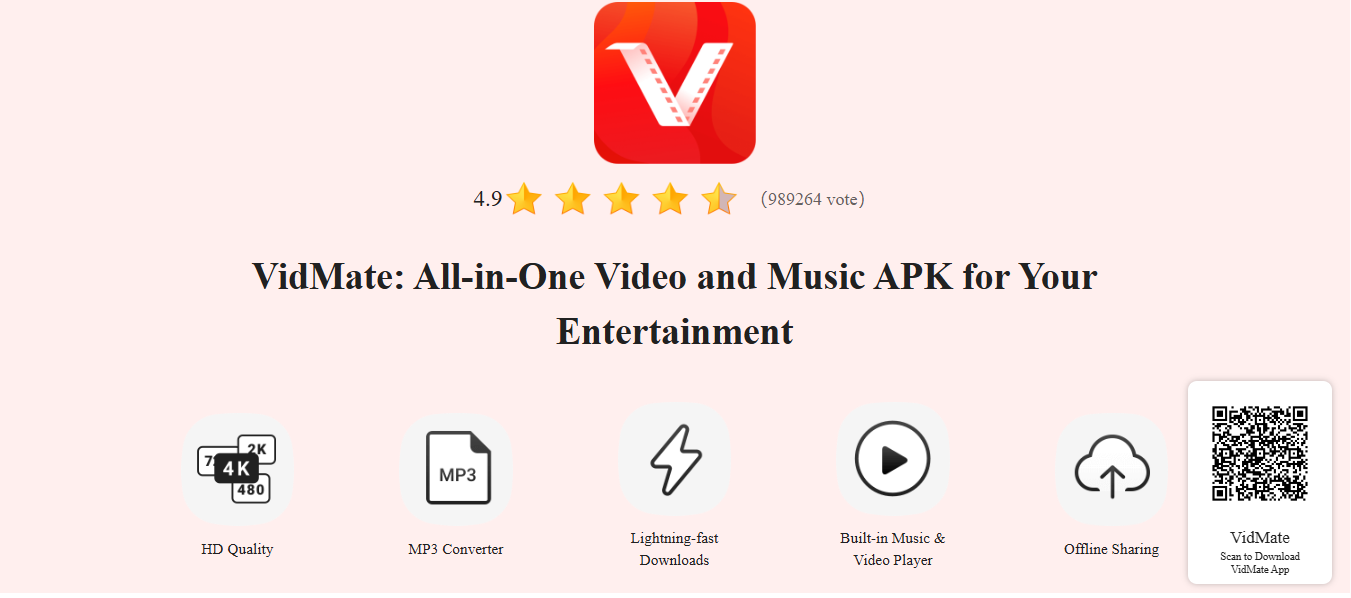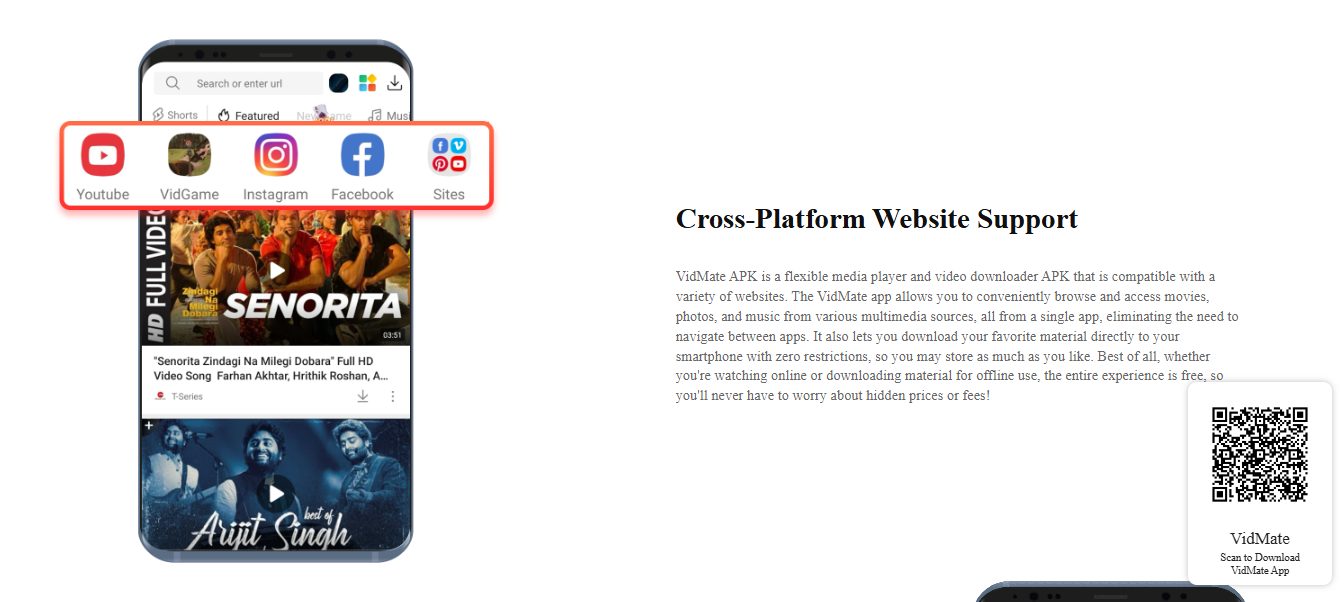Learn how to judge fast games in one minute in this post.
Instant games promise speed. The best versions also provide clarity, quiet feedback, and a reliable end to each round. Quality shows up in how a title handles the seconds before a tap and the seconds after a result. When the path is simple and the math is visible, short sessions feel crisp rather than frantic.
Fast formats live on phones. That fact shapes everything. A screen must remain readable in bright light. Buttons must accept quick thumbs without errors. Status must update without forcing a reload. With those foundations in place, a player can set a pace, maintain a steady budget, and complete on schedule.
Table of Contents
What Instant Really Means
An instant game compresses the full loop from choice to result into a handful of actions. The round is brief, but the experience is not shallow. Good design removes ambiguity at every step. A rules panel explains outcomes in plain language. A stakeholder never covers the result area. A small progress hint shows what happens next. Sound cues are gentle and consistent, which keeps focus on the round instead of the speaker.
Catalogs that respect time group titles by tempo and complexity. Quick tap outcomes sit up front. Slightly deeper modes that add multipliers or streak meters come next. A clean landing page with honest previews can save minutes each day across many short visits.
Catalogs That Make Quick Choices Easy
A good catalog feels like a well-organized toolbox. Titles show rhythm hints, volatility tags, and fast links to rules before a stake is set. Search remembers recent picks. Filters persist between tabs. A back tap returns to the same scroll position rather than resetting the page. These small behaviors save attention and reduce errors, which is the real benefit in a format built for speed.
A category such as menace instant games can serve as a waypoint for testing layout polish, tempo labeling, and link reliability. The value lies in how quickly that page moves from browse to a ready screen with rules and controls within reach. No hype is needed when the flow is honest and fast.
The Three-Second Interface Audit
A fast audit separates polished titles from noisy ones. Run this check before the first stake.
- Open the rules. If the panel reads in under one minute and covers outcomes and limits, the title respects clarity.
- Rotate the phone. Controls should stay large in both orientations and never block the result area.
- Adjust the stake by one step. The change must register without lag or layout shift.
- Trigger a sample animation. Visual feedback should confirm the event without flooding the screen.
- Lower the volume and observe. Cues remain informative at soft levels if mixing is balanced.
- Find a session timer near balance or stake. Guardrails belong where decisions happen.
Passing this audit signals steady behavior during a busy day.
READ ALSO: How RNG Technology Ensures Fair and Transparent Online Casino Games
Latency, Fairness, And Pacing
Speed that breaks truth is not speed at all. Latency indicators and last update time provide honest context and prevent second-guessing. Clear randomization notes or links to testing certificates demonstrate that results remain consistent under load. When a feature introduces a new variance profile, a small banner should highlight it and allow for a quick transition to a calmer stake.
Pacing is the quiet engine of comfort. Some titles favor a metronome rhythm with quick cycles that support brief breaks. Others add short suspense moments for a more deliberate feel. Neither is better in general. Match cadence to the available time window. Ten spare minutes benefit from constant motion and modest variance. Longer windows can absorb occasional slow build modes without stress.
A Pocket Routine That Protects Attention
Fast formats reward routine. A short plan prevents drift and protects mood. Start with a fixed window and a separate session budget. Choose a title that accurately advertises the round time and variance. Begin at a moderate speed to confirm the cost per round. Brief pauses every ten minutes help eyes and shoulders reset. Stop the clock, then note the time played and the stake used. This is not about predicting outcomes. This is about finishing the day with energy left.
Bonuses can extend play, yet terms decide value. Wagering, contribution rates, and caps should be clearly displayed next to the offer, rather than in a separate document. A screenshot of the current status and rules prevents confusion if support is needed later. Select offers that align with the normal session length to prevent pressure from creeping in.
Signals Of Care You Can See And Hear
Design quality is visible in small, repeatable details. Icons remain legible at a distance of a few feet, with no need to squint. Color choices maintain high contrast without glare. Symbol highlights remain precise and brief. Animations land cleanly, then get out of the way.
Sound peaks avoid harsh spikes, so longer sessions do not grind down nerves. If a timeout occurs, a message explains what happened and offers a retry path. Each signal indicates that the team considered real-life scenarios, such as using a bus, a cafe, or taking a short break between tasks.
Payment behavior also matters even in quick formats. Deposits should be confirmed with timestamps, and withdrawal pages should display status and lock details once submitted. Method screens need to list fees and minimums beside the confirm button. A calm money flow turns quick play into a predictable routine, rather than a guessing game.
A Better Finish Than A Big Finish
A satisfying instant session ends cleanly. The timer nudges, the last round runs, and the account view reads like a tidy ledger. Next time, it opens faster because the system remembers sensible defaults and preserves recent filters. That is the real mark of quality in fast games – not the theme, not a flashy effect, but a pattern of choices that respect time and attention.
With honest rules, steady pacing, and catalogs that surface useful information before the first tap, instant formats can be both quick and calm. Treat the three-second audit as a habit. Keep the pocket routine simple. Select catalogs that are helpful rather than distracting. The result is a short session that feels deliberate from start to finish, ready to fit into a modern day without taking it over.
INTERESTING POSTS







